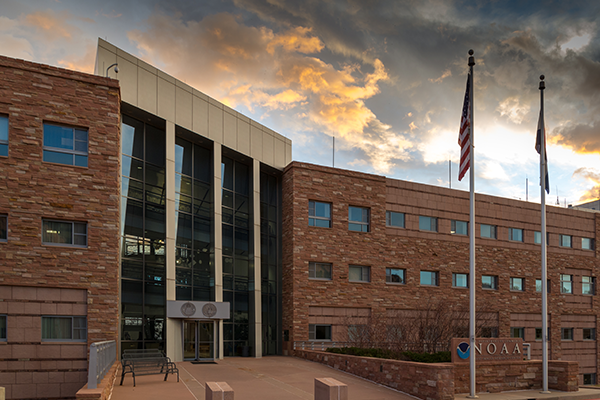
Stationary Wave Interference, Arctic Amplification, Sea Ice Loss and its possible impact on Midlatitudes
Steven Feldstein
Pennsylvania State University
Wednesday, Mar 01, 2017, 2:00 pm
DSRC Room 1D403
Abstract
The relationship between boreal winter warm pool convection, constructive interference between transient eddies and climatological stationary eddies, and Arctic surface air temperature is examined. Daily ERA-Interim reanalysis data for the years 1979 to 2013 is used for the analysis. It is shown that the constructive interference events tend to occur about one week after enhanced warm pool convection, and is followed by an increase in Arctic surface air temperature, along with a reduction of sea ice in the Barents and Kara Seas. This is followed two weeks later by a weakening of the stratospheric polar vortex, and a decline of the AO. All of these associations are reversed for destructive interference. The warming of the Arctic does occur without prior warm pool convection, but it is enhanced and prolonged when constructive interference occurs in concert with enhanced warm pool convection.
Daily ERA-Interim data is also used to investigate the inter-decadal Arctic warming trend. It is shown that the majority of the winter surface warming trend north of 70ºN can be explained by the trend in the downward infrared radiation (IR). This downward IR trend can be attributed to an enhanced poleward flux of moisture into the Arctic by poleward propagating Rossby waves, which increases the total column water (water vapor and clouds) and temperature within this region. This enhanced moisture flux is mostly due to changes in the planetary-scale atmospheric circulation rather than an increase in moisture in lower latitudes. An examination of the anomalous surface sensible and latent heat fluxes show that these fluxes are downward at the beginning of the intrusion and become positive afterwards. The results of this study suggest Arctic amplification has mostly arisen through an increase in the frequency and/or strength of moisture intrusions, and the accompany increase in downward IR, rather than through surface heat flux from the ocean.
The relationship between Arctic sea ice loss and changes in the midlatitude circulation is also examined. The results show that the Rossby waves, associated with moisture intrusions and sea ice loss, propagate from lower latitudes, transit the Arctic, and then back toward lower latitudes, forming a trans-Arctic wave pattern. There is a highlatitude diabatic heating anomaly which is consistent with a wave activity source for the wave train heading toward lower latitudes. This diabatic heating anomaly coincides with moisture flux convergence, rather than surface latent heat flux. These findings suggest, at least during the analysis period, that sea ice loss is primarily a response to the transarctic wave train, and less of an active driver of the wave train propagating toward lower latitudes.
You must provide an accepted form of identification at the Visitor Center to obtain a vistor badge. Security personnel also inspect vehicles prior to entrance of the site. Please allow extra time for these procedures.
After receiving a badge, you must arrive at the DSRC Lobby at least 5 minutes before the seminar starts to meet your security escort. If you arrive after that time, you will not be allowed entry.
Foreign Nationals: Please email the seminar contact at least 48 hours prior to the seminar to provide additional information required for security purposes.
Seminar Contact: madeline.sturgill@noaa.gov